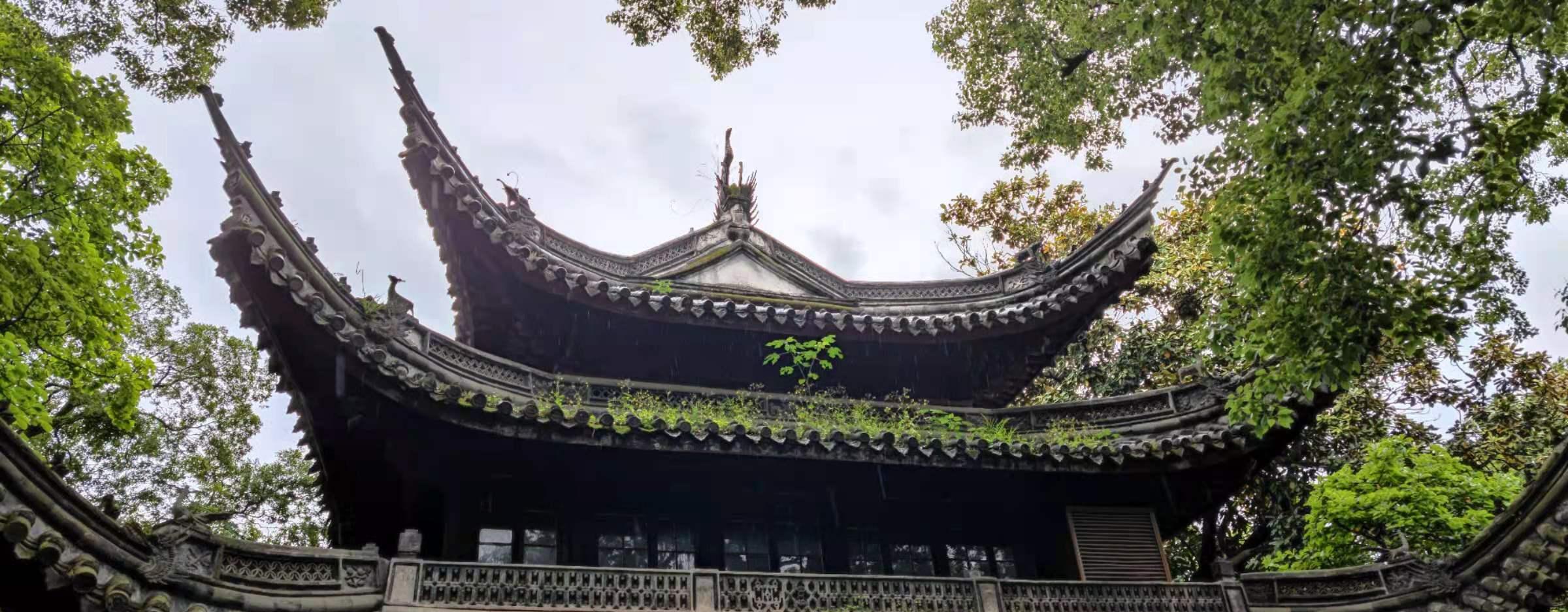
Image
After the Renaissance originated in Italy, it quickly spread to Britain, France, Spain and other countries. As far as France is concerned, Rabelais's "Legend of the Giants" is a work of great influence and representativeness in this period.
What kind of person was Rabelais, who wrote "The Legend of the Giants"?
▪ Francois Rabelais (1495–1553) was a French humanist writer of the Renaissance. Coming from a family of lawyers, he was educated in a monastery in his early years, and later practiced medicine, and in the 1530s he began to turn to literature. He was fluent in astronomy, geography, medicine, mathematics, philosophy, theology, music, botany, architecture, law, education and other disciplines, as well as Latin, Greek, Hebrew and other languages, and could be called a "humanist giant".
Judging from the works, François ▪ Rabelais's main work is the novel "The Legend of the Giants". In his preface, Rabelais states: "In this book you will find a particularly high flavor, a strange and occult doctrine, an extremely advanced saying of the Holy Word, and a frightening secret, whether it is about our religion, or about political or economic life." ”
It can be seen that in the author's mind, this book not only includes the presentation of secular life, but is a comical novel that makes people laugh. It is also a "social encyclopedia" that integrates religious, political, economic, customary and other ideologies. Whether it is a high-powered leadership or an ordinary person who is small-minded, you can find what you are interested in in this book.
The absurd storyline, the characters who are detached from reality, the humorous and simple and popular language forms, and sometimes the unique style that is slippery and vulgar, have become irreplaceable and important symbols of "The Legend of the Giants". Taking human nature as the starting point, the whole book describes the strong thirst for knowledge and the beautiful vision of a happy life in this world, and also criticizes the inferiority of the feudal education and foolish policy, exposes the hypocrisy of religious asceticism, and wants to liberate people from the shackles of God and religious rule, so that people have the courage to be themselves.
The Legend of the Giants is divided into 5 volumes, based on French folklore stories, covering the activities of the three generations of giants of Granguje, Gao Kangda, and Huge Gué. The author mainly portrays the images of two generations of giants, Gao Kangda and the huge Gu'ai father and son, and describes the extraordinary birth, study tour, and pursuit of wisdom of giants. Through the depiction of eating, wearing, fighting and other behaviors, the vague image of the giant gradually became clear.
How big the two giants are, the text does not elaborate. However, the characteristics of massive eating and drinking and pulling mountains and rivers are obviously very human. Since he was born, Gao Kangda did not cry, but shouted loudly: "Drink! Drink! Drink! So his father hurriedly ordered the people to buy 17,913 of the best cows to supply his son with milk every day. Doesn't that sound incredible? As a baby, Gao Kangda has been so "drunk", and when he grows up, he must be more likely to eat ten thousand dollars a day.
Exaggeration and irony are widely used in The Legend of the Giants. Especially in terms of clothing, food, shelter and travel, the author strives to render the amount of items needed by the giants, and creates the image of the giants who are tall, virtuous, wise and courageous, and adhere to justice, so that people are both concerned and curious about the giants, both obsessed and afraid.
The novel devotes a great deal of space to the astonishing amount of materials used by Gao Kangda. The clothing materials of a child who is only 1 year old and 10 months old have such a record: 1 shirt, 1692 meters of cloth, and 376 meters of cloth for the underarm lining. A pair of shoes, with a flash blue velvet 763 meters. Through quantitative exaggeration, the author strives to show the tall and strong image of the giant.
So why did Rabelais create a work like "The Legend of the Giants"?
In the author's opinion, the main reason is that in the giant's body, the author's ideal is placed, that is, "man is the master of everything." Even instead of praying for the blessings of the gods, giants can use their own strength to drive away foreign enemies and defend their cities and homes. According to his own wishes, the individual can use his brain, exert his intellect, and use his hands to create a beautiful and bright world, which undoubtedly responds to the pursuit of the ideal of the whole person and the demand for individual liberation since the Renaissance. How can a tall "giant" who is both outward and inner be afraid of challenges from the outside?